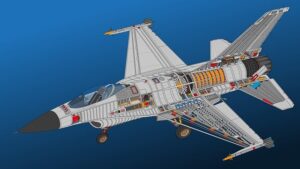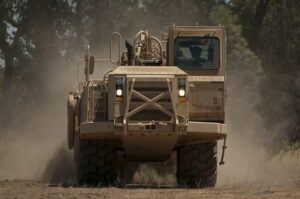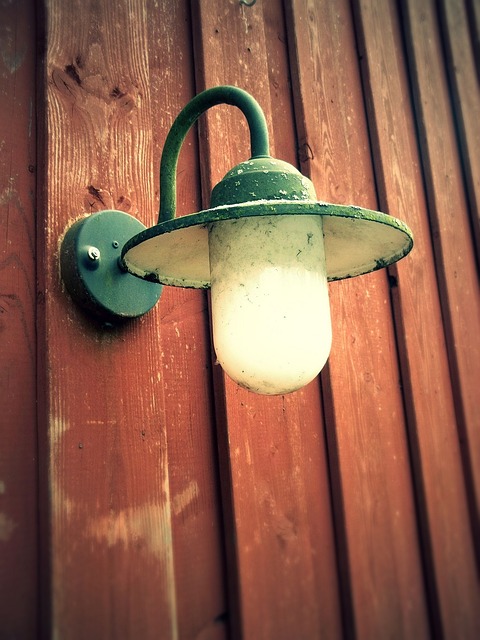
Flashlights for outdoor guides and instructors are essential tools that significantly enhance safety and effectiveness during training sessions in various outdoor environments. These specialized flashlights boast superior impact resistance and waterproofing capabilities, ensuring reliability in harsh conditions and challenging terrains. With configurations ranging from powerful spot beams for long-distance visibility to broad flood beams for close-range tasks, they offer the flexibility needed to meet the demands of any scenario, from guiding groups through dark trails to teaching survival skills. Their high lumen output illuminates pathways, exposes hazards, and draws attention to important points, while also serving as practical teaching aids that can recreate real-world experiences for trainees, thereby preparing them for decision-making in low visibility conditions. Whether for navigation, safety, or educational purposes, these flashlights are indispensable tools that support the critical work of outdoor professionals in a wide range of environments and situations.
When venturing into the great outdoors for training purposes, the right equipment can make all the difference. This article delves into the critical aspects of selecting flashlights specifically designed for outdoor guides and instructors. We’ll explore essential features that ensure these lights withstand rigorous use, from lumens and light output to battery efficiency and impact resistance. Understanding how each factor contributes to a flashlight’s effectiveness during extended training sessions will equip you with the knowledge to choose the ideal flashlight for your outdoor guidance needs. Join us as we illuminate the key considerations in selecting flashlights for outdoor guides and instructors, ensuring you’re prepared for any situation the wilderness throws your way.
- Essential Features of High-Quality Flashlights for Outdoor Guides and Instructors
- Lumens and Light Output: Understanding Brightness Requirements for Outdoor Training
- Durability and Materials: Ensuring Long-Lasting Performance in Harsh Environments
- Battery Life and Power Options: Maximizing Runtime for Extended Exposure Training Sessions
- Beam Distance and Configuration: Selecting the Right Throw for Outdoor Activities
- Impact Resistance and Waterproofing: Critical Specs for Outdoor Flashlight Reliability
- Practical Applications: Real-World Scenarios for Using Flashlights in Outdoor Training Sessions
Essential Features of High-Quality Flashlights for Outdoor Guides and Instructors
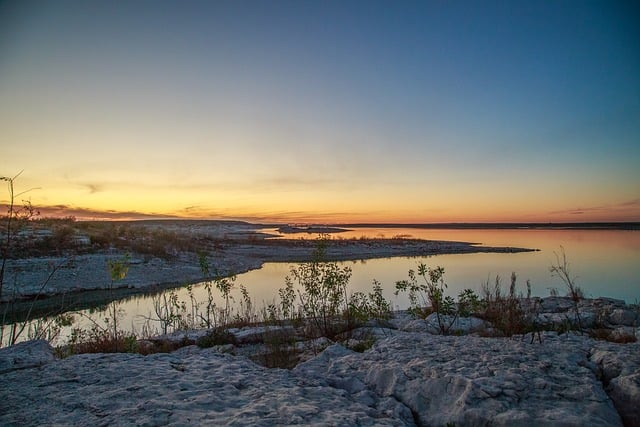
When selecting a flashlight for outdoor training sessions, high-quality flashlights for outdoor guides and instructors are indispensable tools that can make the difference between a successful expedition and one that falls short. A reliable flashlight should possess several key features to ensure it meets the demands of guiding and instructional use in various environments. Firstly, durability is paramount; these flashlights must be constructed with high-impact materials like aircraft-grade aluminum or hardened plastics to withstand drops, bumps, and rough terrain. They should also feature a robust waterproof design, capable of withstanding accidental submersion or operation in wet conditions without fail.
Secondly, luminous output is crucial for outdoor visibility, especially during night operations or in low-light environments. The best flashlights offer adjustable brightness settings, enabling users to conserve battery life when full intensity isn’t necessary and to illuminate the darkest situations with a powerful beam when needed. Additionally, a high-quality beam with focused spots for long-distance navigation and wide flood beams for close-up tasks are essential for versatility in various outdoor conditions. Features such as multiple lighting modes—high, medium, low, and possibly strobe or SOS settings—enhance the utility of these flashlights for signaling or disorienting in emergencies. A long battery life, preferably with rechargeable options, ensures that guides and instructors have a consistent light source throughout their activities. Lastly, ergonomic design and comfortable grip are vital to prevent discomfort during extended use, making high-quality flashlights for outdoor guides and instructors not just a safety measure but also an asset for enduring use in the field.
Lumens and Light Output: Understanding Brightness Requirements for Outdoor Training
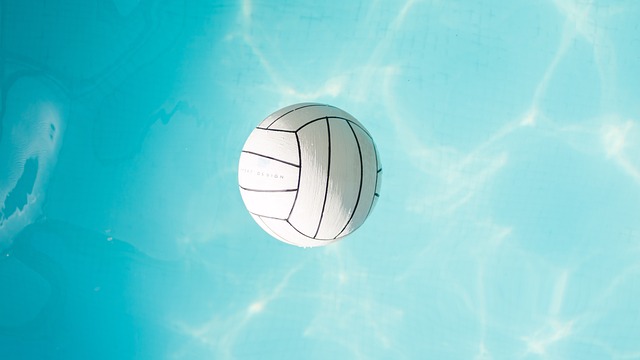
When selecting a flashlight for outdoor training sessions, it’s crucial to consider the lumens and light output to ensure optimal visibility under various conditions. A bright flashlight with a high lumen count is essential for cutting through the gloom of twilight or the dense shadows of late afternoon. Flashlights For Outdoor Guides And Instructors should have a minimum of 500 lumens, which is sufficient for most outdoor activities and can illuminate objects up to 150 yards away in many cases. However, for more demanding environments or when clarity and distance are paramount, models with 1000 lumens or more become advantageous. These high-lumen flashlights can effectively light up a large area, which is particularly useful during night exercises or when navigating unfamiliar terrains. Additionally, the beam type is an important factor; a focused spotlight is ideal for long-distance visibility, while a wider flood beam is better for close-range tasks. Understanding the lumens and light output of a flashlight will empower outdoor guides and instructors to make informed decisions, ensuring they have the right tool to maintain safety and effectiveness in their training environments. It’s not just about having the brightest beam; it’s about selecting the appropriate beam type and lumen level for the specific tasks at hand. Flashlights For Outdoor Guides And Instructors must be chosen based on the intended use, whether it’s signaling, reading maps, or ensuring all participants are in a safe, well-lit environment.
Durability and Materials: Ensuring Long-Lasting Performance in Harsh Environments
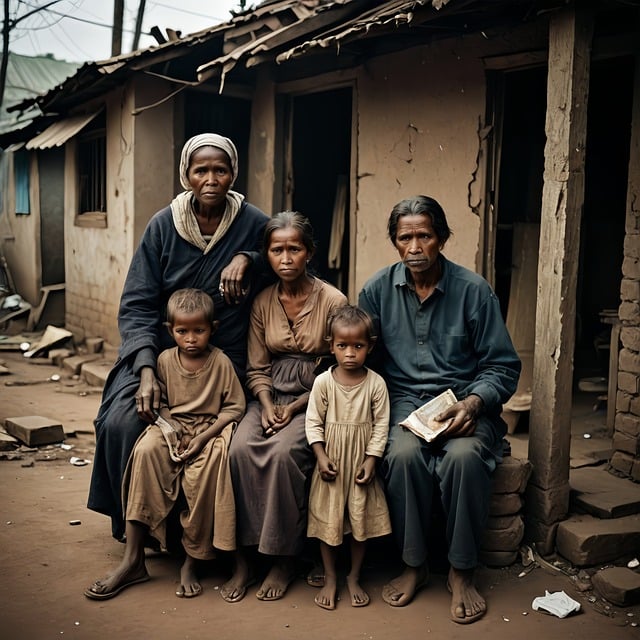
When selecting a flashlight for outdoor training sessions, durability and materials are paramount to ensure long-lasting performance, especially in challenging environments. A high-quality flashlight designed for guides and instructors must withstand the rigors of outdoor use, from the moisture of a rainy day to the grit and dust of a trail. To this end, robust construction is a necessity; flashlights for outdoor guides and instructors are typically built with aircraft-grade aluminum or high-impact polymer. These materials offer a balance between weight and strength, making them ideal for repeated drops or rough handling without compromising the integrity of the device.
Furthermore, the design should incorporate an IP (Ingress Protection) rating to safeguard against intrusion of dust and water. An IPX8 rating, for instance, signifies that the flashlight can be submerged in water up to a certain depth without any harm. Additionally, impact resistance is crucial; a flashlight must survive falls from considerable heights to remain operational when you need it most. Lenses are often made of tempered glass or nearly indestructible synthetic materials, enhancing the overall resilience of the device. The best flashlights for outdoor guides and instructors are those that can endure the harshest conditions without failing, providing reliable illumination for guidance and safety in any environment.
Battery Life and Power Options: Maximizing Runtime for Extended Exposure Training Sessions

When selecting a flashlight for outdoor training sessions, particularly those requiring extended exposure, prioritizing battery life and power options is paramount. High-quality flashlights designed specifically for outdoor guides and instructors often come equipped with advanced LED technology that offers both high lumens output and exceptional runtime. These devices are engineered to deliver consistent illumination throughout the longest of sessions, ensuring that visibility is never compromised. When it comes to battery life, the best flashlights feature rechargeable lithium-ion batteries, which provide a more sustainable power source compared to alkaline or single-use options. The runtime of these flashlights can range from several hours to over a day on the lowest settings, making them ideal for multi-day training scenarios where frequent battery changes are impractical.
For those who often find themselves in environments where electrical charging is not available, models with rechargeable batteries paired with a USB charging capability and the option to use AA or AAA alkaline batteries as a backup offer unparalleled flexibility. This dual-power functionality allows users to switch between battery types without affecting performance, thus maximizing runtime for extended exposure training sessions. The ability to use disposable batteries also provides peace of mind, knowing that power outages or long periods in the field won’t disrupt critical training activities. Flashlights that incorporate both rechargeable and replaceable battery systems are indispensable tools for outdoor guides and instructors who require dependable lighting solutions under any condition.
Beam Distance and Configuration: Selecting the Right Throw for Outdoor Activities
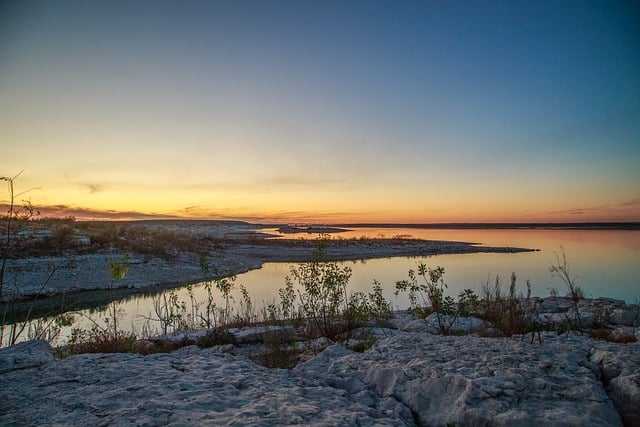
When planning outdoor training sessions, selecting an appropriate flashlight is paramount for both safety and effectiveness. Flashlights for outdoor guides and instructors must be equipped with a beam distance that adequately illuminates the environment or task at hand while also considering the throw, or the focus of the light beam. A long-throw flashlight, often referred to as a “flood” or “spot” configuration, is crucial for guiding groups through dark trails or during nighttime navigation exercises. For activities that require illuminating distant objects or signaling, a spot beam with a tight, focused hotspot and a relatively narrow spill can help in identifying far-off landmarks or hazards. Conversely, a flood configuration is better suited for close-range tasks like map reading or minor repairs where a broader, more diffused illumination is needed.
The throw of the flashlight also affects the beam’s intensity and distance. A high lumen output with a concentrated beam will deliver a powerful spotlight ideal for long-distance visibility, which is particularly useful in scenarios like nighttime search and rescue operations or when conducting survival training in unforgiving terrains. On the other hand, for activities that involve close-quarters communication or work in a tent or around camp, a lower lumen flashlight with a flood beam will provide ample lighting without blinding participants or creating unnecessary glare. Flashlights for outdoor guides and instructors must be selected based on the specific needs of each training scenario, ensuring that visibility is optimized for both the task at hand and the safety of the group. It’s important to consider the balance between beam distance, configuration, and lumen output to ensure that the flashlight chosen enhances rather than hinders outdoor training effectiveness.
Impact Resistance and Waterproofing: Critical Specs for Outdoor Flashlight Reliability

When selecting a flashlight for outdoor training sessions, two critical specifications that cannot be overlooked are impact resistance and waterproofing. Flashlights For Outdoor Guides And Instructors must endure the rigors of varied terrains and unpredictable weather conditions. Impact resistance is paramount as these devices are often subject to drops or harsh handling in demanding environments. A flashlight with a high impact resistance rating ensures that it can survive accidental falls from heights without compromising its functionality. This durability is essential for guides and instructors who rely on their lighting equipment to navigate through challenging terrains during night operations or survival scenarios.
In parallel, waterproofing is equally crucial, as outdoor training can take place in any weather. A flashlight that boasts an IP rating of at least IPX8 means it is designed to withstand continuous immersion in water up to specific depths. This feature is vital for scenarios where guides and instructors might find themselves in situations where they are caught in the rain, crossing streams, or operating near water bodies. The combination of robust impact resistance and reliable waterproofing in Flashlights For Outdoor Guides And Instructors is what differentiates them from ordinary lighting devices. These features not only extend the lifespan of the flashlight but also ensure that it remains a dependable tool under the toughest conditions, providing essential illumination when visibility is at its lowest and stakes are at their highest.
Practical Applications: Real-World Scenarios for Using Flashlights in Outdoor Training Sessions

Flashlights serve as indispensable tools for outdoor guides and instructors, enhancing safety and effectiveness during training sessions. In low-light or nocturnal scenarios, a reliable flashlight illuminates pathways, reveals hazards, and highlights points of interest. For instance, when leading a group through dense forests or across rocky terrains at dusk, a bright beam guides participants, preventing accidents and ensuring the session proceeds smoothly. Similarly, during nighttime navigation exercises, flashlights are instrumental in teaching orientation skills, such as compass use or star path recognition. The right flashlight can also be used to demonstrate survival techniques, like signaling for help or crafting makeshift lenses. For instructors focusing on wilderness survival or outdoor first aid, a durable and high-lumen flashlight is not just a piece of equipment but a versatile teaching aid that brings practical scenarios to life, preparing trainees for real-world situations where visibility can be critical for decision-making and safety.
Furthermore, in emergency situations or when navigating through unfamiliar terrain, flashlights become even more vital. They help in assessing the environment, identifying potential dangers such as deep crevices or treacherous drop-offs, and maintaining a level of situational awareness that is essential for leading a group safely. Outdoor guides and instructors rely on flashlights to enhance their teaching methods, making learning experiences more interactive and practical. With a high-quality flashlight in hand, they can effectively simulate various real-world scenarios, from setting up camp at night to conducting wildlife observations after dark. These exercises not only impart valuable skills but also build confidence in trainees to handle unexpected situations with the aid of proper lighting tools. Flashlights for outdoor guides and instructors are thus a critical component of any comprehensive training kit, providing both immediate illumination and a platform for experiential learning.
When equipping outdoor guides and instructors with the best flashlights, several factors must be considered to ensure both safety and efficacy during training sessions. A high-quality flashlight should deliver a robust beam distance, maintain exceptional lumens output, boast superior durability, and offer extended battery life, all of which are critical for outdoor conditions. Additionally, impact resistance and waterproofing are nonnegotiable for reliability in unpredictable environments. By understanding these essential features and how they apply to practical scenarios, outdoor guides and instructors can make informed decisions that enhance their training sessions and contribute to the safety and preparedness of their participants. Ultimately, investing in top-tier flashlights for outdoor guides and instructors is not just a choice but a strategic necessity for optimal performance and success in the field.






